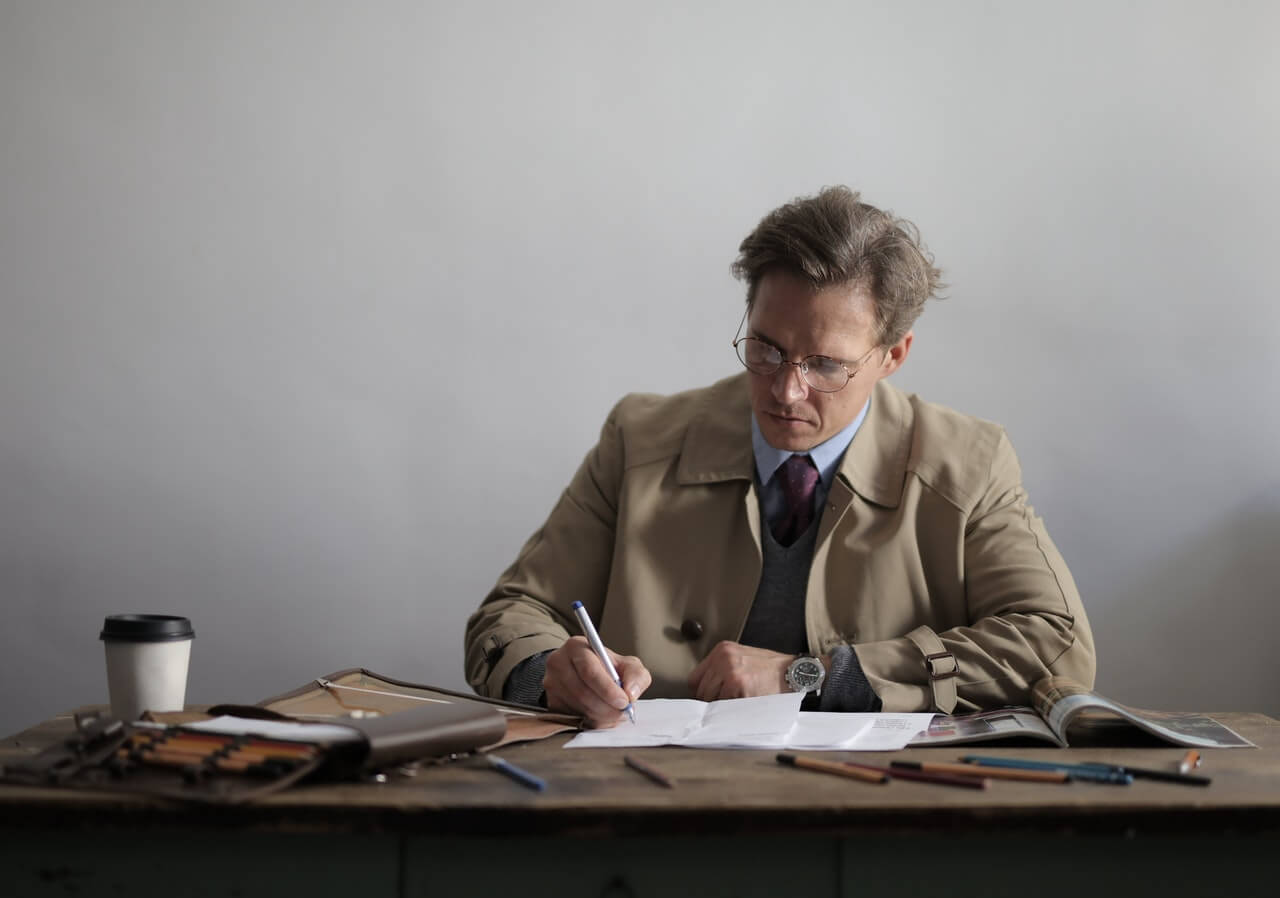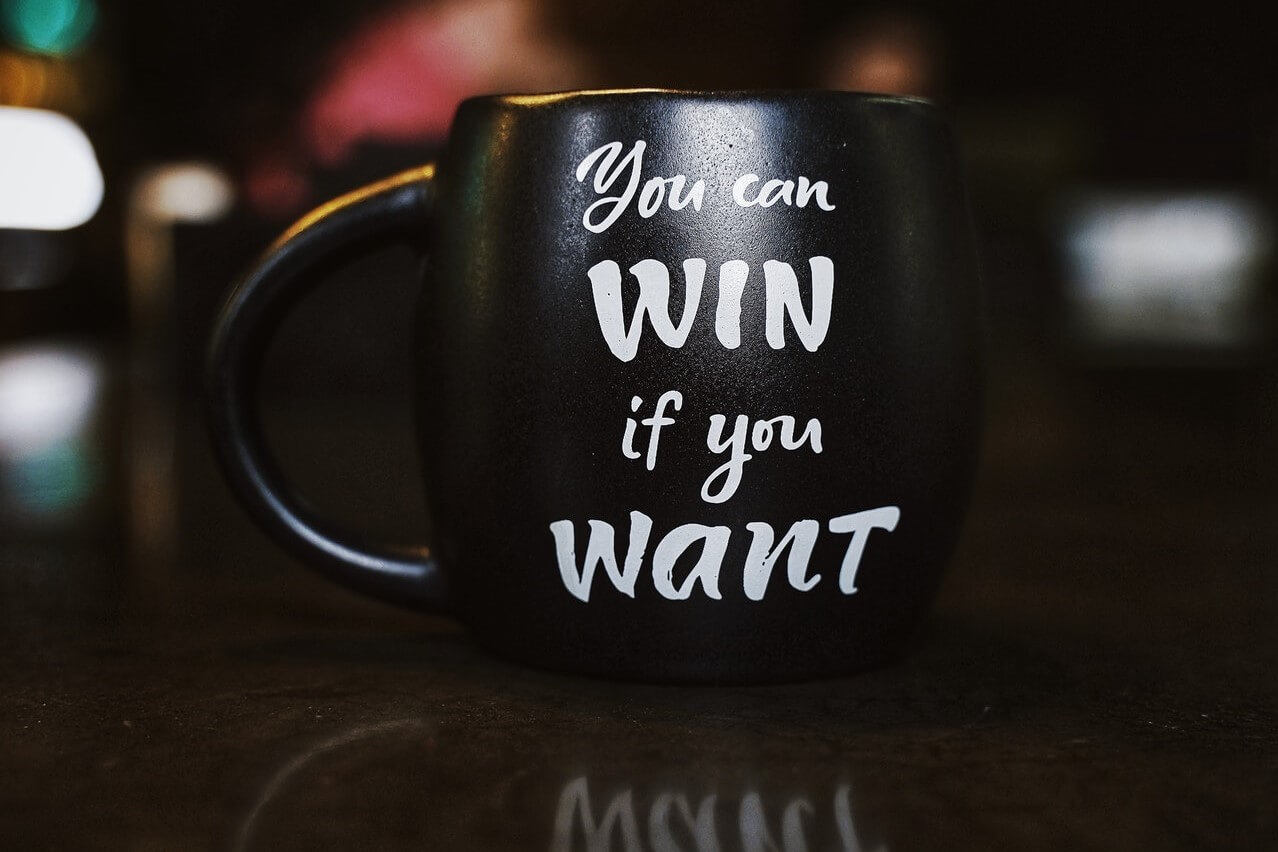Government grant proposals should go through a five-step writing process:
- Plan: Think through your proposal sections.
- Organize: Use the grant guidelines as your outlining guide.
- Write: Write in a free-flowing manner.
- Examine: Walk away from your writing and review it later while letting others review it too.
- Revise: Emphasize clarity, conciseness, correctness, and persuasiveness.
This posting, part one in a series, will discuss the first two steps:
PLANNING YOUR GOV’T GRANT PROPOSAL
Proposal writers should take three simple-but-effective steps to plan their writing assignments: (1) define common terms – the government agency’s terms and your own; (2) use a planning worksheet to outline your sections; and (3) seek feedback early in the process.
Define common terms
- What are the features (details) of your service?
- What are the benefits of your service?
- What benefits are important to the evaluators?
Develop a planning worksheet
Your planning worksheet should help you identify the government agency’s main issues, your solution, your experience and your performance.
Seek feedback early
Remember, you are part of a team! Use your colleagues to review your planning sheet and suggest improvements. This can be accomplished at a brainstorming session or through an individual review of your worksheet.
If your planning process has gone well, every one of the proposal writers should have a detailed planning worksheet before they begin writing. Please note the emphasis on the word “before.”
Too many proposals are written prematurely before the proposal team has carefully thought through what they are planning to present. If you write before you plan, you are very unlikely to develop a competitive proposal.
Resist the very human urge to start writing once you have read the grant guidelines. Step away from the computer keyboard! You must have a substantive outline before you write, and that can only be done through careful planning.
ORGANIZING YOUR GOV’T GRANT PROPOSAL
Proposal writers should take three simple but effective steps to organize their writing assignments: (1) follow the fundamentals of persuasive organization; (2) organize as instructed; and (3) organize around government agency’s hot buttons.
Follow the fundamentals of persuasive organization
- Present information according to the government agency’s needs. Focus on providing a solution to the agency’s problem, listing benefits and evidence/proof.
- Group similar ideas together.
- Place the most important information first.
- Keep introductions short.
- Use headings to guide evaluators.
Organize as instructed
Follow the grant guidelines carefully when organizing your proposal narrative. Do not create your own outline – follow the grant guidelines literally.
Organize around the customer/evaluator hot buttons
- Acknowledge the government agency’s vision, challenges, objectives, and requirements.
- Establish and prioritize the government agency’s needs and desired outcomes (hot buttons).
- Present details of your solution in the same order as your prioritization of the government agency’s needs and desired outcomes. Emphasize the benefits to the government of your solution and provide proof that your solution is very likely to work.
=-=-=-=-=-=-=-=-=-=-=-=-=-=
Dr. Jayme Sokolow, founder and president of The Development Source, Inc.,
helps nonprofit organizations develop successful proposals to government agencies. <a href=”mailto:[email protected]”>Contact Jayme Sokolow</a>.
=-=-=-=-=-=-=-=-=-=-=-=-=-=
<strong>If you would like to comment/expand on the above, or would just like to offer your thoughts on the subject of this posting, we encourage you to “Leave a Reply” at the bottom of this page, click on the feedback link at the top of the page, or send an email to the author of this posting.</strong>










